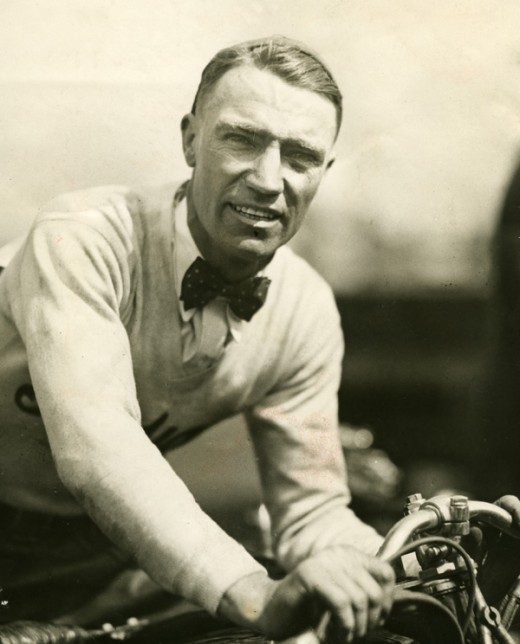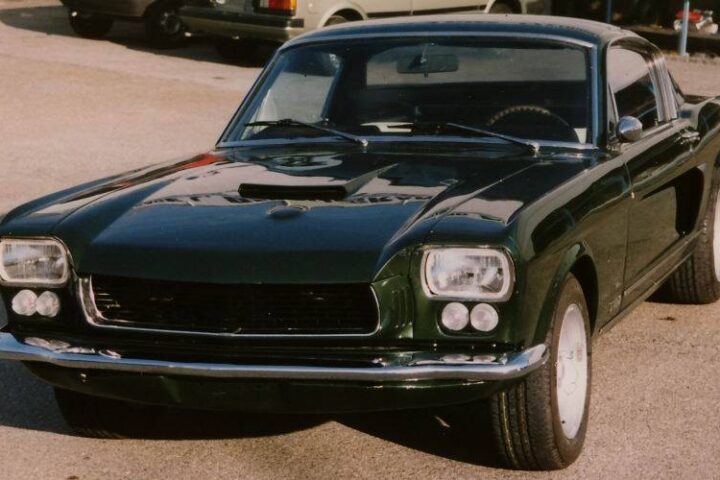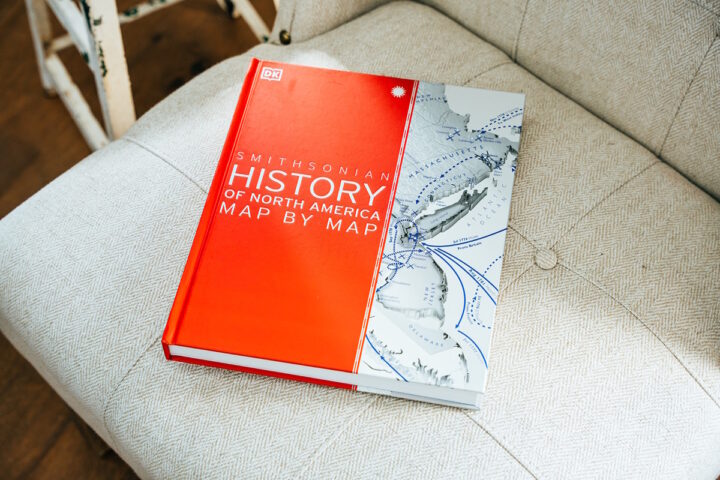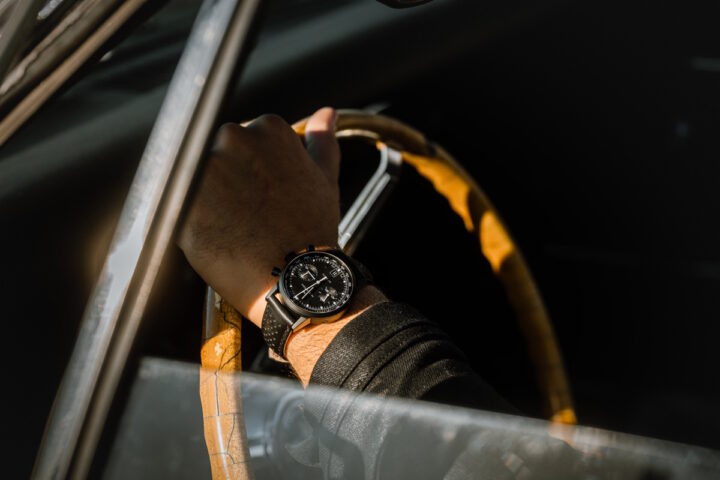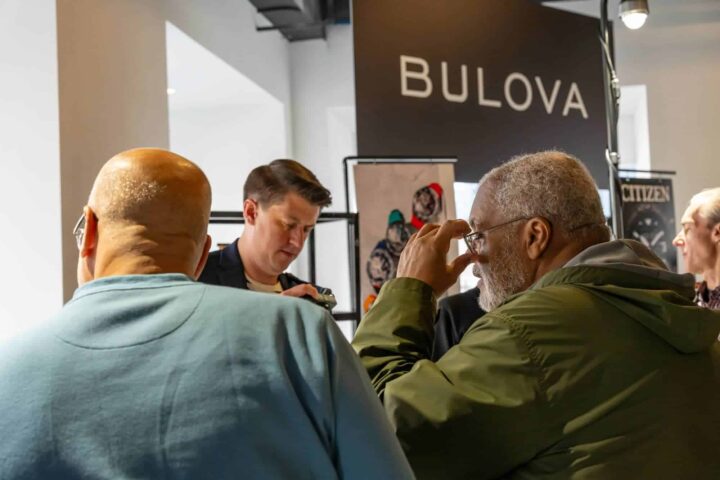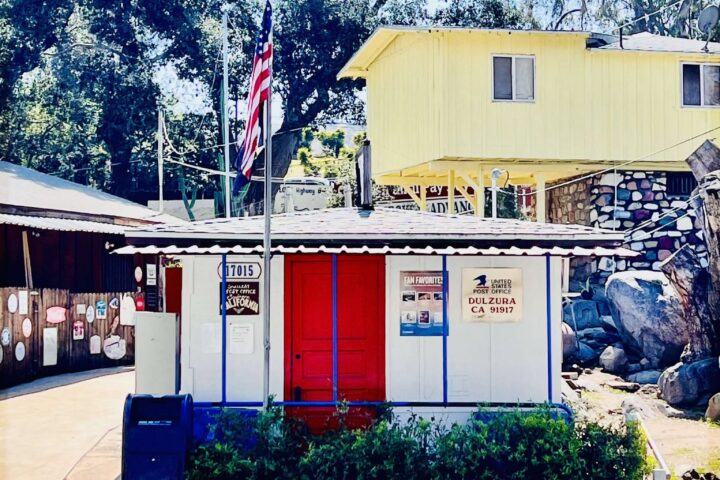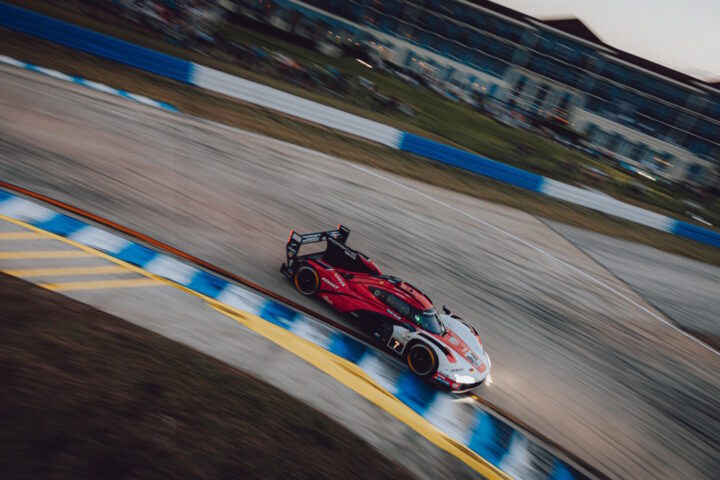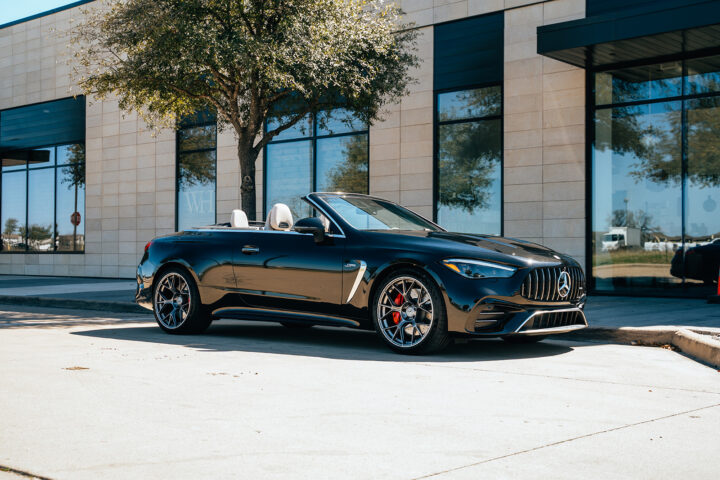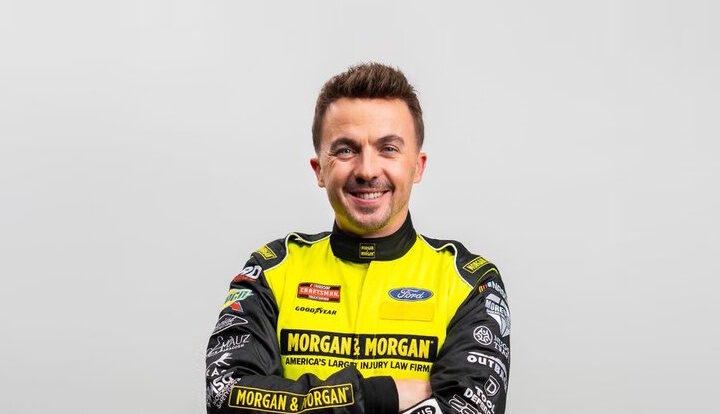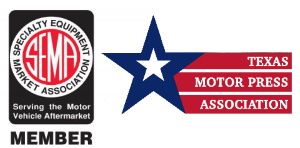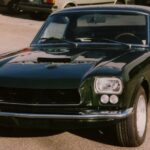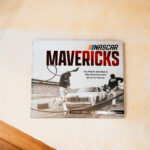 Jim Davis is one of the pioneers of motorcycle racing, he rode for both the Harley-Davidson and Indian factory racing teams. In addition to being a great racing champion, Davis also went on to become an AMA official– serving in various capacities including deputy chairman of competition. His most visible job with the AMA was as chief referee and starter. Davis earned 21 AMA national championships and a reported 50-plus pre-AMA national titles under the auspices of the FAM and M&ATA.
Jim Davis is one of the pioneers of motorcycle racing, he rode for both the Harley-Davidson and Indian factory racing teams. In addition to being a great racing champion, Davis also went on to become an AMA official– serving in various capacities including deputy chairman of competition. His most visible job with the AMA was as chief referee and starter. Davis earned 21 AMA national championships and a reported 50-plus pre-AMA national titles under the auspices of the FAM and M&ATA.

Jim Davis’ employment as a factory Indian rider came to an abrupt end in 1920. He went to a race in Phoenix, only to find that it was an invitational and that only two riders of each motorcycle brand would be allowed to ride. Two Indian riders were already invited to race. Not one to be easily deterred, Davis got the referee to agree to let him race if he got a wire from M&ATA president A.B. Coffman. Davis went to the Western Union office down the street and through the persuasion of a big box of chocolates, convinced a young lady working there that he was merely wanting to pull a gag on a friend and got her to fake a telegram that simply read: “Permit Davis to Ride.” Signed A.B. Coffman. Davis then paid a young boy a quarter to ride his bike to the track and give the telegram to the referee. Davis watched as the ref opened the telegram and then waved Davis over and permitted him to race. The following week Davis paid dearly for his shenanigans when he was suspended for a year by one A.B. Coffman. To add insult to injury, Davis was also fired from Indian for the incident. In less than 24 hours after being fired by Indian, Harley-Davidson quickly hired Davis, took care of his suspension, and he continued to race the rest of the season.

Jim Davis only raced for Harley-Davidson until 1925. Indian gladly re-hired him for the 1926 season and Davis promptly won three national titles that year on both board tracks and dirt ovals. Davis’ most successful season came in 1928 when he won six national titles and was named the overall AMA national champion, a feat he repeated in 1929. Davis won his final AMA national at Syracuse, New York, in 1930. He continued to be one of the top competitors for the next five years.
 Source: Read More at The Selvedge Yard
Source: Read More at The Selvedge Yard

